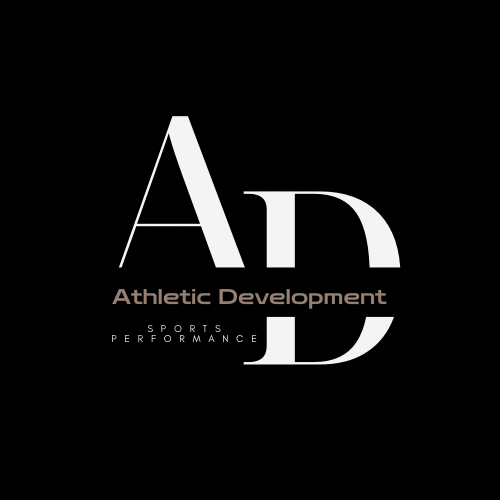What has Andy Murray done to his ankle?
In Andy Murrays most recent game at Miami against Tomas Machac, Andy Murray was seen rolling his ankle but what exactly has he done to it and what should you do if you do the same?
It turns out that bad luck has struck the former British and World Number One having now ruptured both his ATFL (Anterior Talo-Fibular Ligament) and his CFL (Calcaneal-Fibular Ligament).
Understanding ATFL and CFL Ruptures
The ATFL and CFL are crucial ligaments that provide stability to the ankle joint, particularly during lateral movements and changes of direction—common occurrences in tennis. Ruptures of these ligaments often occur as a result of sudden twisting motions, excessive force, or awkward landings, leading to pain, swelling, and instability in the ankle.
Recognising the Signs and Symptoms
Tennis players who experience ATFL or CFL ruptures may notice immediate pain, swelling, and bruising around the ankle joint. They may also have difficulty bearing weight on the affected foot and experience a sense of instability or giving way during movements. Prompt diagnosis and treatment are essential to prevent further damage and facilitate optimal recovery. We can notice in this clip here that Andy goes through all of the symptoms.
Treatment Options
Upon diagnosis of an ATFL or CFL rupture, tennis players may undergo various treatment approaches, depending on the severity of the injury. These may include:
1. Rest and Immobilisation: Initially, the injured ankle may require rest, along with immobilisation through the use of a brace, splint, or walking boot to promote healing and prevent further stress on the ligaments.
2. Ice and Elevation: Applying ice packs to the affected ankle and elevating it above heart level can help reduce pain, swelling, and inflammation in the acute phase of injury.
3. Physical Therapy: Engaging in a structured physical therapy programme is crucial for restoring ankle strength, flexibility, and proprioception. Therapeutic exercises may include range of motion exercises, strengthening exercises for the surrounding muscles, balance and stability drills, and functional movements specific to tennis.
4. Orthotic Devices: Custom orthotic devices or supportive footwear may be recommended to provide additional stability and reduce the risk of reinjury upon return to play.
5. Surgical Intervention: In cases of severe ligament damage or chronic instability, surgical repair or reconstruction may be necessary to restore the integrity of the ankle joint and prevent recurrent sprains.
Rehabilitation Strategies for Tennis Players
Rehabilitation following ATFL and CFL ruptures should be tailored to the specific demands of tennis and focus on gradually reintroducing players to the rigours of the sport while minimising the risk of reinjury. Key components of rehabilitation may include:
1. Progressive Loading: Gradually reintroduce weight-bearing activities, such as walking, jogging, and eventually, tennis-specific movements, in a controlled manner to rebuild strength and confidence in the ankle.
2. Sport-Specific Training: Incorporate tennis-specific drills and exercises that mimic the dynamic movements and demands of the sport, including lateral shuffling, pivoting, and multidirectional agility drills.
3. Biomechanical Analysis: Work with us at Athletic Development to assess and address any biomechanical imbalances or movement patterns that may predispose you to ankle injuries. This is covered in our PEAK PERFORMANCE PROGRAMME Correcting these issues can help reduce the risk of future injuries and optimise performance on the court.
4. Gradual Return to Play Protocol: Follow a structured return to play protocol that gradually increases the intensity, duration, and frequency of tennis activities while closely monitoring the player's response and adjusting the programme as needed. Going from treatment with us to manage the pain and continuing onto the PEAK PERFORMANCE PROGRAMME will have you return in the best manner you can. Injury free and Strong.


